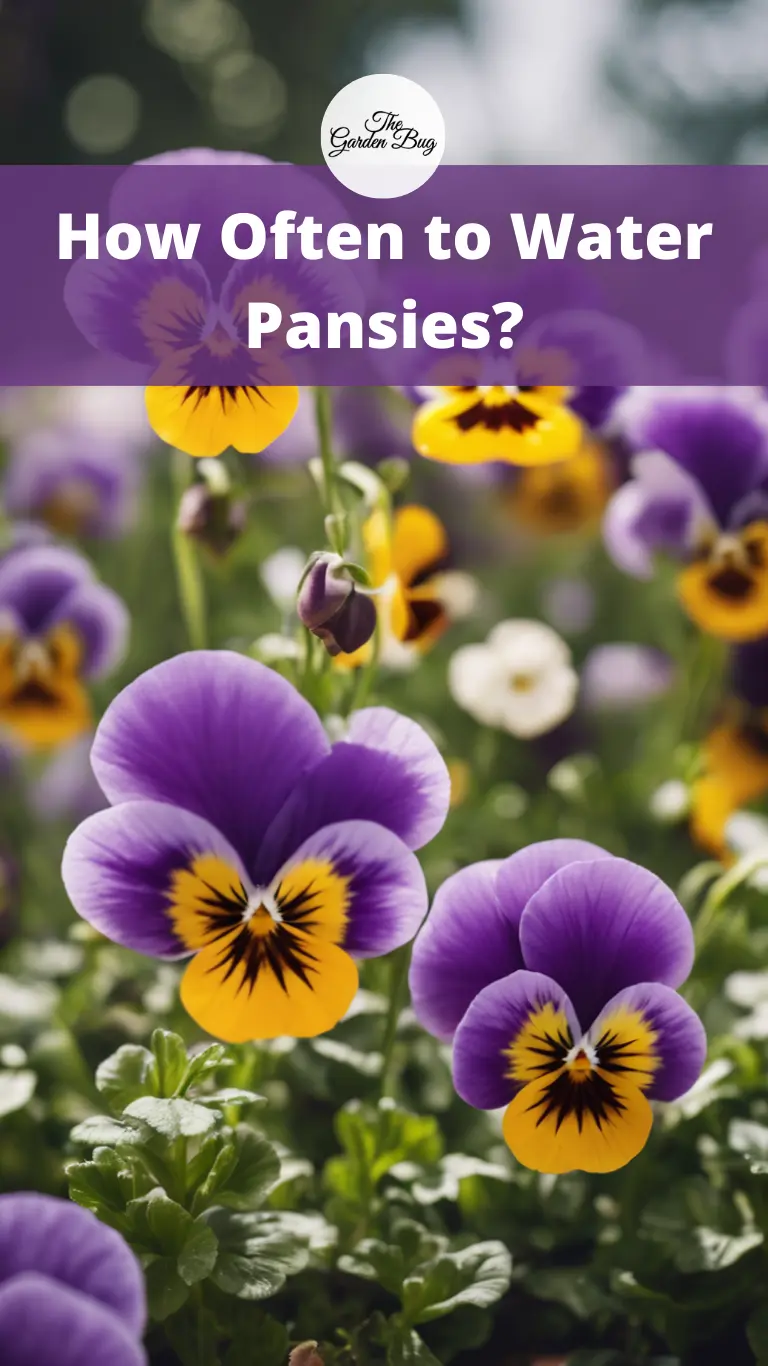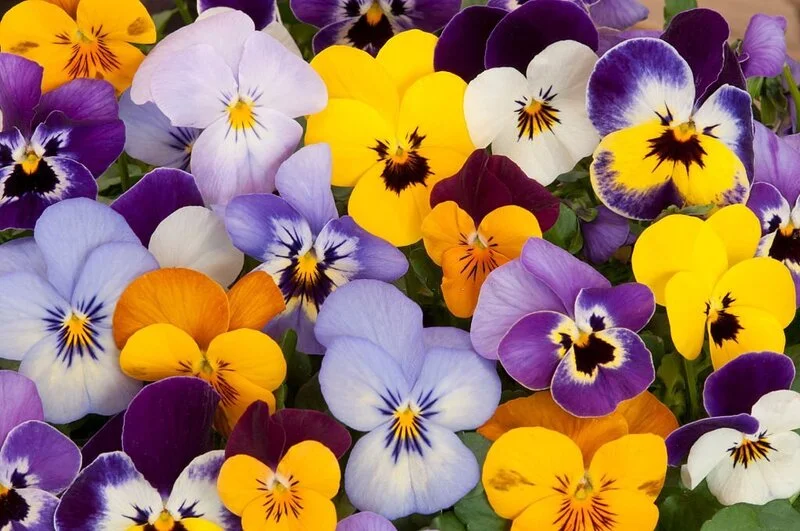If you’re here, you’re probably charmed by the delicate, happy faces of pansies, just like we are. These garden gems are not only beautiful, but they are also amazingly versatile, brightening up both spring and fall gardens. But, how much water do these little beauties really need? Let’s dive in!
- Scientifically Formulated for Optimum Plant Growth
- Easy to Use, Just Add Water
- Fortified with 6 Micro-Nutrients
- Ideal for Flowers, Shrubs & Lawns
- Formulated for Cool Weather Feeding
Pansies and Their Watering Needs
First off, let’s get to know our pansies a bit better. Originating from the Viola family, pansies love cool weather and are known for their resilience and easy care. But, just like us humans, they need to stay hydrated to stay happy. Water is essential for their survival, helping them to grow, photosynthesize, and bloom beautifully. However, they don’t enjoy ‘wet feet’ – that is, they don’t like being waterlogged. The trick is to strike a perfect balance with your watering. Intriguing, isn’t it? Let’s discover more about the water needs of these lovely little blooms.
- Swiss Giants Mix’, heirloom pansies, are large-flowered evergreen perennials, usually grown as cool weather annuals or biennials, offering spring and fall interest, blooming all winter in mild climates.
- Long blooming, the plants produce rounded blue, orange, purple, red, white, and yellow flowers with a contrasting dark blotch for up to 4 to 6 months. Borne singly on upright, nodding stems, the flowers have a fragrance and make adorable kitchen table bouquets or cheeky additions to floral displays. And butterflies flock to them.
- Delicate looking but tough and highly adaptable, these hardy herbaceous plants have a tidy, rounded, mounding habit of ovate to elliptic medium to dark green leaves. They grow best in full sun to dappled shade and loose, rich, humusy, organic soil, but they will grow in almost any moist, well-drained soil.
- For best effect, mass plant or group. The plants are well-suited to containers and hanging baskets but also work well in beds and borders. Deadheading spent flowers prolongs blooming.
- If you plan to start your seeds indoors, be sure to check out our Bio Dome Seed Starter Kit. With the Bio Dome, you can control the temperature, light, and soil mix to ensure your seeds become strong for transplant.
Factors Affecting Watering Frequency
Okay, so how often should we be watering these cheerful little plants? The answer isn’t one-size-fits-all, because several factors come into play. First, the weather: during hot, dry periods, pansies may need watering every day. On cooler, rainy days, nature may do the job for you.
Second, the location of your pansies matters. Are they in pots or in the ground? Potted pansies usually dry out faster than those in the ground and may need more frequent watering.
Finally, the type of soil plays a role too. Sandy soil drains water quickly, while clay soil retains water longer. Knowing your soil type will help you determine how often to water your pansies.
Signs of Overwatering and Underwatering in Pansies
Now, let’s look at how your pansies can tell you if they’re getting too much or too little water. If your pansies’ leaves are yellowing and the plant seems weak or mushy, it might be getting too much water. On the other hand, if the leaves are wilting, turning brown at the edges, or the plant seems to be growing slowly, it might be thirsty. Keep an eye on these signs to ensure your pansies get the right amount of water they need to thrive.
- Protects against over- and under-watering
- Feeds up to 6 months
- Grows plants twice as big (vs. unfed plants)
- Absorbs up to 33 percent more water than basic potting soil (vs. potting soil that does not contain sphagnum peat moss, coir and wetting agent)
- Helps beautify potted flowers, indoors and out
Best Practices for Watering Pansies
Watering plants isn’t rocket science, but there are some tricks to doing it right. For pansies, it’s best to water them early in the morning so that the water has a chance to soak into the soil before the heat of the day causes it to evaporate. Aim for the base of the plant, rather than the flowers or leaves, to help prevent diseases.
And remember, pansies like well-drained soil, so make sure they’re not sitting in water. A good rule of thumb is to water when the top inch of soil feels dry to the touch.
Conclusion
Taking care of pansies is a joy, especially when you see their colorful faces brightening up your garden. Remember to pay attention to the weather, the location of your plants, and the type of soil they’re in, to make sure they’re getting just the right amount of water. With a little bit of love and care, your pansies will reward you with their beauty.








